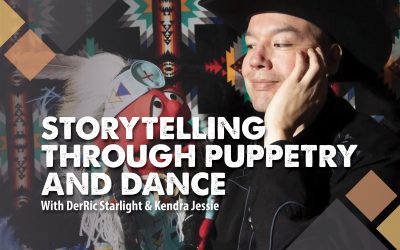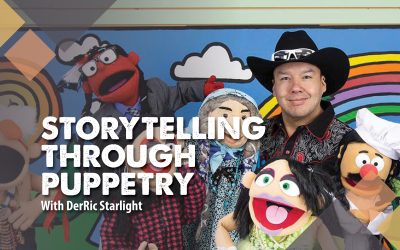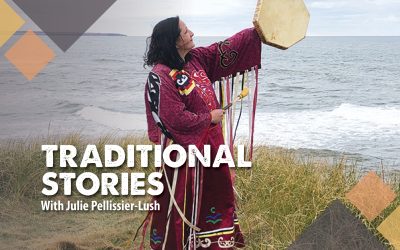
Begin the journey of Reconciliation
play a practical, measurable and impactful role in advancing reconciliation and ending violence against Indigenous and non-Indigenous women and children
Ethical Space
It is vital that teachers and students come together to talk about these difficult subjects knowing that it is their responsibility to build relationships based upon respect. This cannot be done without creating an environment where all students are considered of equal worth and each student’s contribution is valued. This is called creating “ethical space.” Ethical space creates room for new knowledge and understanding to emerge and where transformation sometimes happens. In an ethical space, it is possible for students from different cultures and worldviews, whose values may clash, to communicate with each other respectfully and contribute to information and knowledge sharing without fear. The teacher must be conscious of the fact that there are no “shortcuts” to creating an ethical space.
Health Supports
It will be important to speak with health supports such as school counsellors, Resolution Health Support Workers, mental health services staff, or other support staff and services that you have access to through your school, making them aware of the learning that will be happening. Invite them to visit your classroom for some or all of the learning, and include health outreach workers from local Indigenous service delivery points. If that is not possible, you should have their contact information available in case you or any of your students are triggered or otherwise impacted by the learning and would benefit from extra support. NOTE: It is important to remember that many mental health service providers have not had the benefit of Indigenous teachings or pedagogy. It may be helpful to share this learning resource with them in advance so that they are better prepared to address the health care needs in the classroom.
Education for parents
It is important to remember that many parents have not been adequately educated about the history of Indigenous Peoples in Canada, including the Residential Schools system, legislation, and government assimilation policy designed to destroy cultures, languages, and land-based ways of life, or the violence Indigenous women and girls face. Many may also not know the truths about missing and murdered Indigenous women and girls in Canada. Parents who lack this knowledge sometimes respond with discomfort or disbelief when their children share the truths they are learning. Teachers can mitigate these responses by working with the parent council association in your area so that they too might be educated. In this way school council/parent council facilitators will be able to engage parents in learning along with their children. This important learning involves every member of society: We are all connected.
Classroom environment
Establish a safe space in which to explore all perspectives and where all voices are valued, with the caveat that abuse, oppression, sexism, and racism have no place in our classrooms or in our communities. This can be established by adopting a shared set of principles and guidelines at the beginning of the year that may be revisited during important and personal discussions like the ones in this initiative.
Engaging Indigenous women, girls, and community members in the teaching and sharing is an important way to make connections within the learning on a human level. Whenever possible, bring authentic voices into your classroom who are part of the local Indigenous communities.
Gender Roles
It would not be accurate to state that all Indigenous nations have or had the same interpretation of roles for gender and/or sexual minorities, including the role of Two-Spirit people. It is important for teachers, and all adults working with youth, to consider that discussing male and female gender roles might cause hurt or feelings of “I don’t belong” for students who are part of a gender or sexual minority. It is very important to know your students and to proceed in as respectful and non-judgmental a manner as possible while considering the multiple understandings of gender in Indigenous cultures, communities, and families.
Trauma-Informed approach
This refers to an environment in which the adults in the room recognize and respond to those who have been impacted by traumatic stress using clearly defined expectations and communication strategies to guide students through stressful situations. This approach provides students with tools to cope with difficult or traumatic situations and creates an underlying culture of respect and support in the classroom and the school overall. (For more information https://traumaawareschools.org)
DerRic Starlight (featuring Kendra Jessie) – Storytelling through puppetry and dance
DerRic Starlight is from the Tsuut’ina Nation west of Calgary, Alberta, and can also trace his ancestry to the Blackfoot Confederacy. He is a comedian, puppeteer, screenwriter, and pro-wrestling promoter. DerRic has created his own cast of Native puppet characters and...
The Medicine Within with DerRic Starlight
DerRic Starlight is from the Tsuut’ina Nation west of Calgary, Alberta, and can also trace his ancestry to the Blackfoot Confederacy. He is a comedian, puppeteer, screenwriter, and pro-wrestling promoter. DerRic has created his own cast of Native puppet characters and...
Storytelling Through Puppetry with DerRic Starlight
DerRic Starlight is from the Tsuut’ina Nation west of Calgary, Alberta, and can also trace his ancestry to the Blackfoot Confederacy. He is a comedian, puppeteer, screenwriter, and pro-wrestling promoter. DerRic has created his own cast of Native puppet characters and...
Traditional Stories with Julie Pellissier-Lush
Julie Pellissier-Lush M.S.M is an actress and bestselling author of My Mi’kmaq Mother, Poet Laureate for PEI, recipient of the Queen's Jubilee Medal in 2013, the Meritorious Service Medal recipient in 2017, and the Senator's 150 Medal in 2019. She grew up all over...






